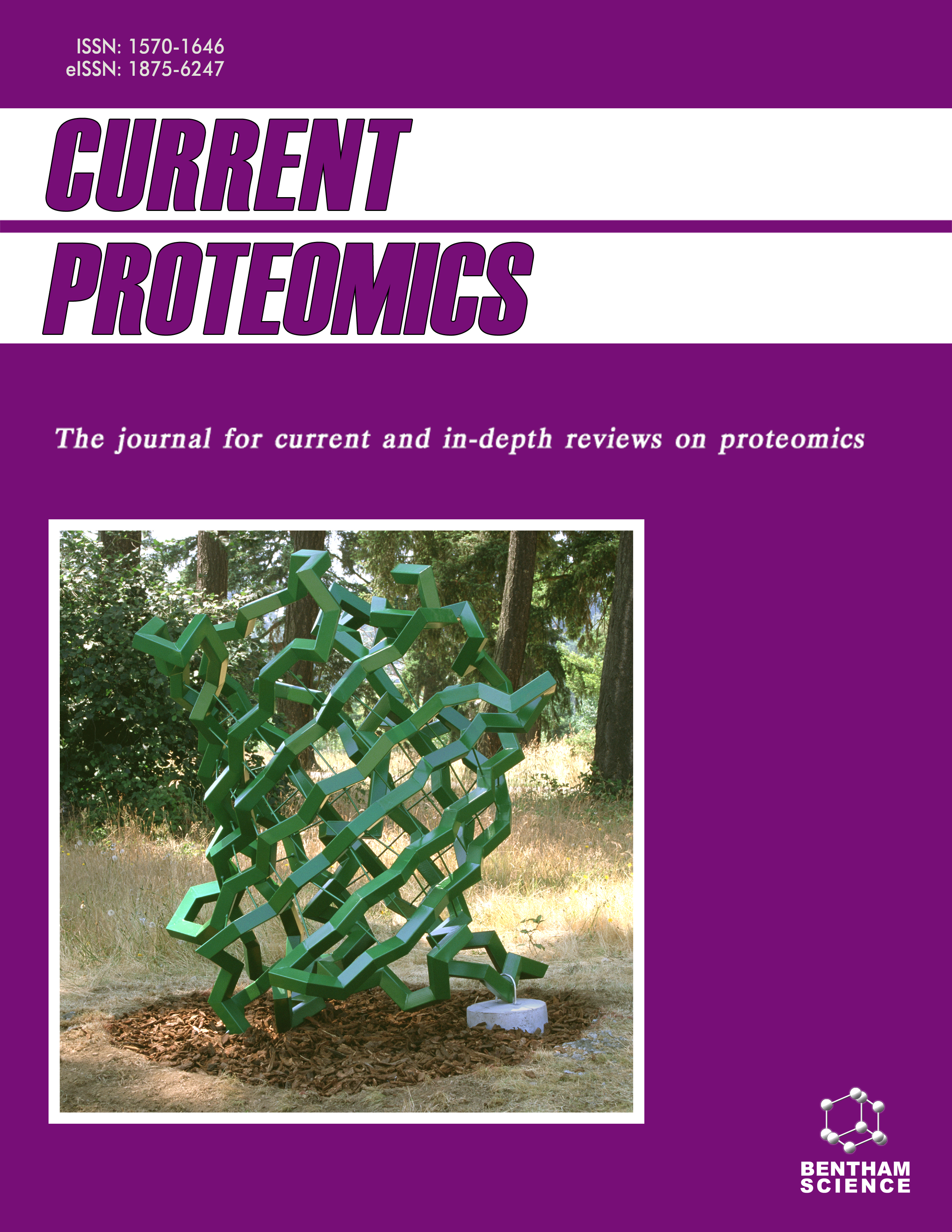
Full text loading...
We use cookies to track usage and preferences.I Understand
Hantavirus illness is characterized by increased vascular permeability and hemorrhagic fever with renal syndrome or cardiopulmonary syndrome.
In this study, the domain search approach, a bioinformatics method, was utilized to understand more about hantavirus E protein structures.
Activities of Ca2+ binding domain, C-type lectin, Dockerin, glycosyl hydrolase (cellulase), PI3K, threonine kinase, PTEN, GTPase, PPM, flippase, and other domains were identified in Hantavirus membrane glycoprotein E.
According to the results in this current study, the activation of EF-hand promotes the lectin activity of E protein, which then binds to fibrocystin in the form of cohesin-dockerin. The glycosyl hydrolase activity of E protein hydrolyzes glycosidic linkages, destroying the protective capsule of cells (fibrocystin) so that it may bind to receptors such as integrins. Additionally, the enzyme activities of PTEN and PI3K permit the E protein to insert and anchor on the cell membrane. Moreover, the GTPase, SecA, and flipase activities of E proteins mediate the creation of fusion pores and the release of genetic materials. The aggressive invasion of Hantavirus causes tissue damage and bleeding, resulting in severe blood vessel leakage.

Article metrics loading...

Full text loading...
References


Data & Media loading...

